Donate to the collections
The RCP museum is always seeking to develop its collections. We welcome all types of donations related to the history of medicine, including instruments, equipment, photographs, artwork and medical teaching models.
If you are wondering what to donate to the RCP, we are particularly interested in items that tell a story about the experiences of individual practitioners and/or patients. At the moment, we are prioritising objects that relate to medical practice in the 20th century, especially the early years of the NHS.
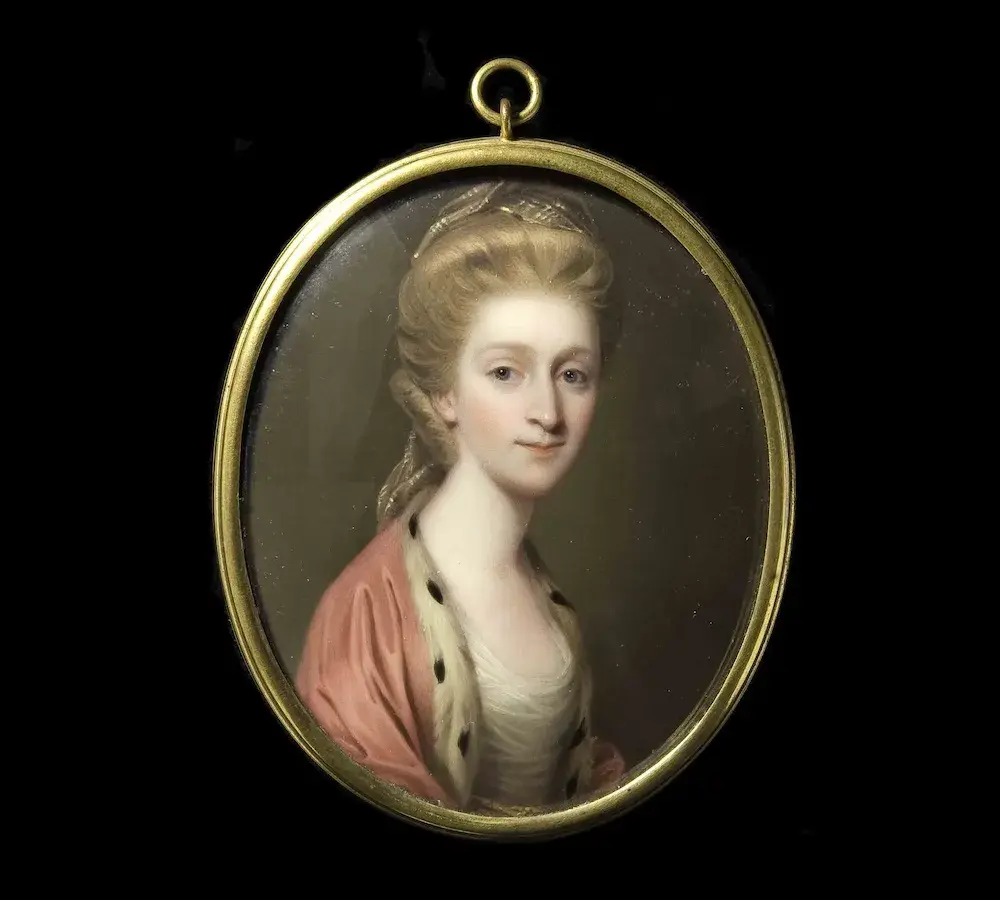

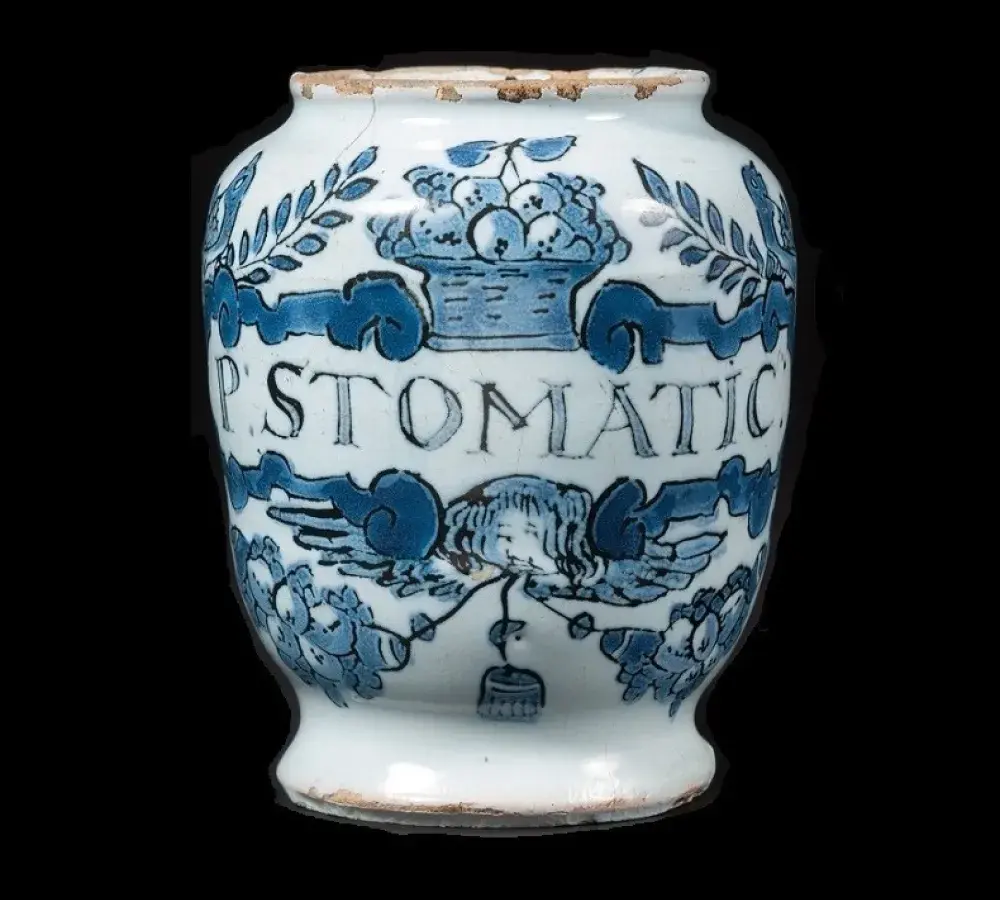
Examples of items we are seeking include (but are not limited to):
- insulin injectors and pumps
- medical education models
- hearing aids
- boxes and packaging for vaccines, antibiotics and antivirals
- testing kits for blood, DNA and urine
- items related to respiratory health
- pacemakers and other cardiology equipment.
How it works
If you are interested in donating something to the RCP museum, please email history@rcplondon.ac.uk with the following information:
- your name and contact details
- a description and photograph of the item
- details of how you came to own it
- any personal stories connected to the item
- approximate measurements.
All potential donations will be assessed against our collections development policy and successful donors will be contacted to arrange delivery of objects to the RCP. Once acquired, the objects will form a part of the permanent collection of our accredited museum.
Please do not send potential donations directly to us. Any items received in this way will be returned to the senders. If no return is possible, items will be held for 6 months and may be disposed of if not claimed.
Objects we can't collect
Large items, fragile or broken items and hazardous items are unlikely to be appropriate for a museum collection. While we would love to collect large medical equipment, due to space restrictions we are unable to accept items larger than approximately 40 cm.
In particular, we can’t collect:
- controlled drugs
- mercury
- anything flammable.
For museums to remain vibrant and vigorous institutions... they must always be works in progress.
- Sir David Cannadine, Why collect? Art Fund 2018
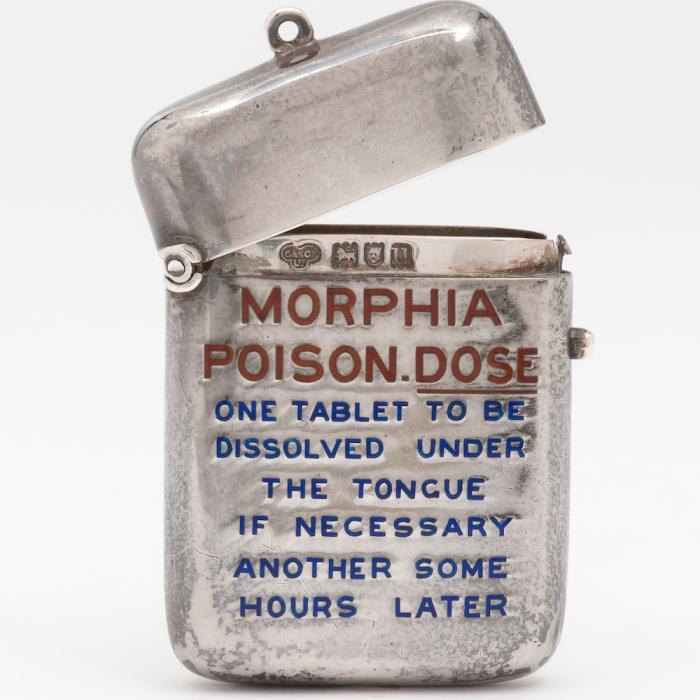
Silver morphia (morphine) case, with a hinged lid, engraved with instructions 'Morphia, Poison. Dose one tablet to be dissolved under the tongue. If necessary another some hours later'.
Silver morphia (morphine) case, with a hinged lid, engraved with instructions 'Morphia, Poison. Dose one tablet to be dissolved under the tongue. If necessary another some hours later'.
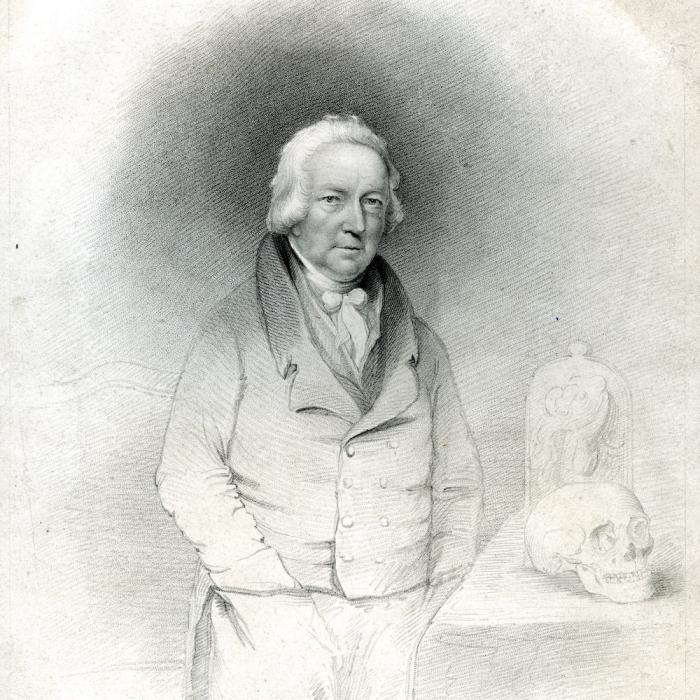
Portrait of John Abernethy [1764 - 1831) engraving after Edward Penny. Abernethy was surgeon to St Bartholomew's Hospital.
Portrait of John Abernethy [1764 - 1831) engraving after Edward Penny. Abernethy was surgeon to St Bartholomew's Hospital.

Amulets are objects worn as a charm against illness or injury, often in the form of lockets worn around the neck. This example was made in England in the late 17th century but their use dates back to ancient times.
Amulets are objects worn as a charm against illness or injury, often in the form of lockets worn around the neck. This example was made in England in the late 17th century but their use dates back to ancient times.
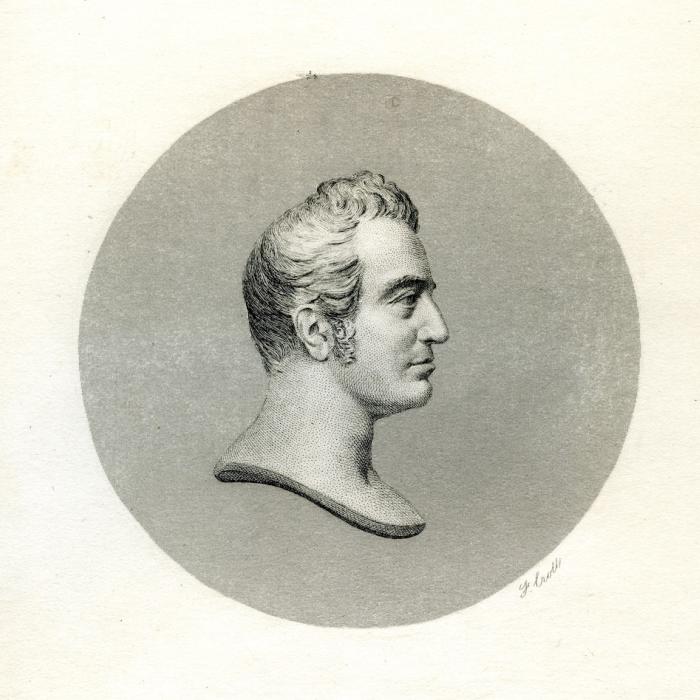
Portrait of John Abercrombie (1780–1844), engraved by Francis Croll. Abercrombie was a Scottish physician and philosopher.
Portrait of John Abercrombie (1780–1844), engraved by Francis Croll. Abercrombie was a Scottish physician and philosopher.
Recent donations
Oesophageal Stent (1994)
RCP president Dr Andrew 'Bod' Goddard has gifted the museum an oesophageal stent from 1994.
Stents like these are used in the treatment of cancer, helping to ensure that tumours don’t block the food pipe. Originally invented in the 1880s, this type of plastic model was introduced in the 1970s. However, the plastic stents were difficult to place – something which Dr Goddard dreaded as a trainee doctor. More recently, much more flexible expanding metal stents have been introduced, making these uncomfortable versions a thing of the past.
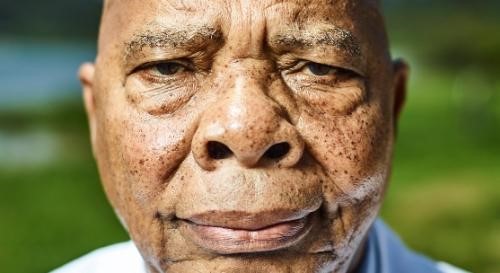
A portrait of Professor Evarist Njelesani (2017)
A portrait of Professor Evarist Njelesani, by Jessica van der Weert, 2017. A gift from Dr Ian Bullock
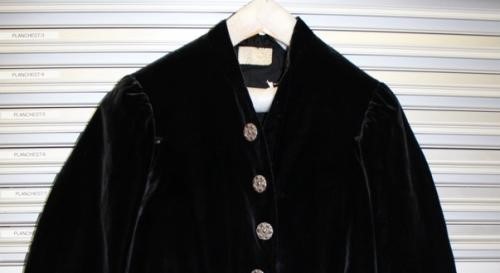
Court Dress of Sir William Withney Gull (1871)
The court dress of Sir William Withey Gull, 1871, transferred from Oxfordshire County Museums Service.
Privacy
The archive and museum catalogue and other collection management documents may contain information about living persons, in relation to collection items. The RCP also keeps records on research visitors, to meet access and security requirements. Read the permanent collections processing statement to learn more.
